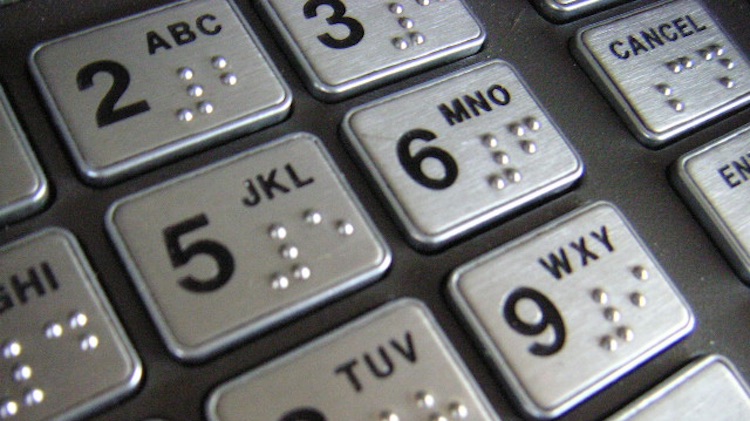The Customer Effect
How banks are reaching out to visually impaired customers
- Banks are required by law to offer equal access to disabled customers, and to comply they've rolled out a series of features to improve access
- Rather than being perceived as a burden, banks now see blind and other disabled customers as previously untapped customer segments








